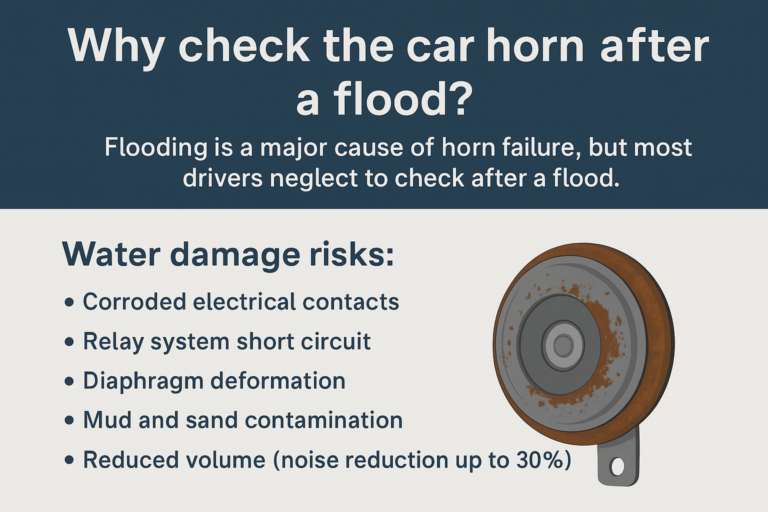Car horns are more than just noise makers - they're sophisticated safety devices with carefully engineered designs. Let's explore the fascinating engineering and maintenance aspects behind this essential automotive component.
Modern car horns combine precise acoustics, durable construction and ergonomic placement to create reliable warning systems that meet strict safety standards while surviving harsh conditions.
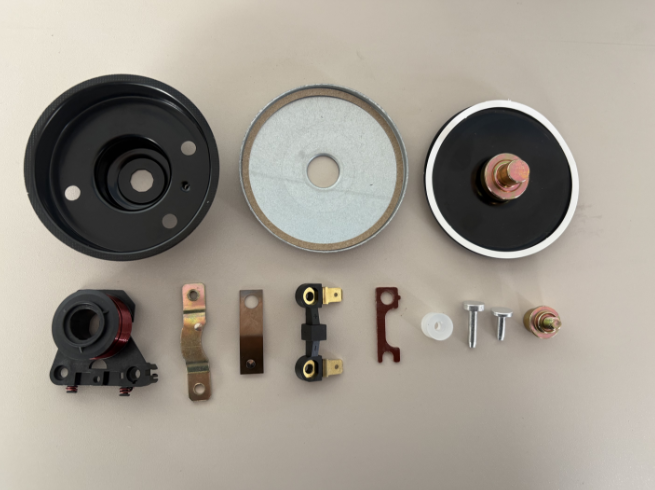
Do You Know Why Car Horns Are Placed on the Steering Wheel?
The steering wheel placement isn't random - it's the result of careful human factors engineering and safety considerations dating back to early automotive design.
Key reasons for steering wheel placement:
- Immediate access in emergencies (0.3s faster reaction)
- Maintains hand position while signaling
- Reduces driver distraction
- Standardized muscle memory
- Complies with global safety regulations
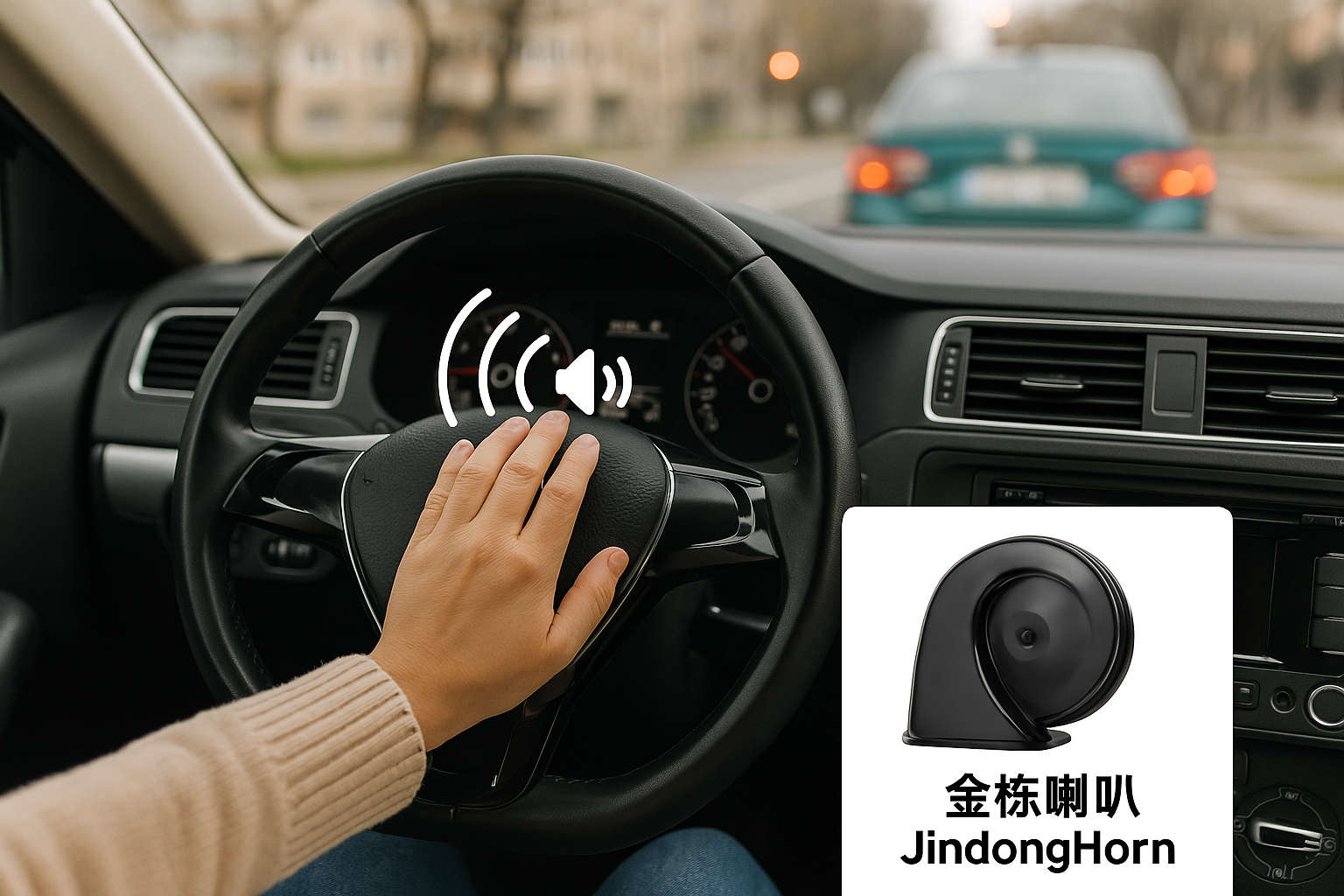
Steering Wheel Horn Placement Evolution
| Era | Position | Reason | Improvement |
|---|---|---|---|
| 1910s | Dashboard | Simple installation | First electric horns |
| 1930s | Steering column | Safer reach | Reduced hand movement |
| 1950s | Wheel spokes | One-handed use | Driving comfort |
| 1980s | Airbag-compatible | Safety systems | Dual-stage triggers |
| Modern | Multi-function | Integrated controls | Reduced clutter |
Additional benefits:
- Works with all hand sizes
- Accessible while turning
- Doesn't obstruct vision
- Consistent across vehicles
- Compatible with airbags
Why Should You Check Your Car Horn After a Water Trek?
Water exposure is the leading cause of horn failure, yet most drivers neglect post-flooding inspections. Here's why it matters for your safety.
Water damage risks:
- Corroded electrical contacts (38% failure rate)
- Short circuits in relay systems
- Diaphragm warping
- Mud/sand contamination
- Reduced sound output (up to 30% quieter)
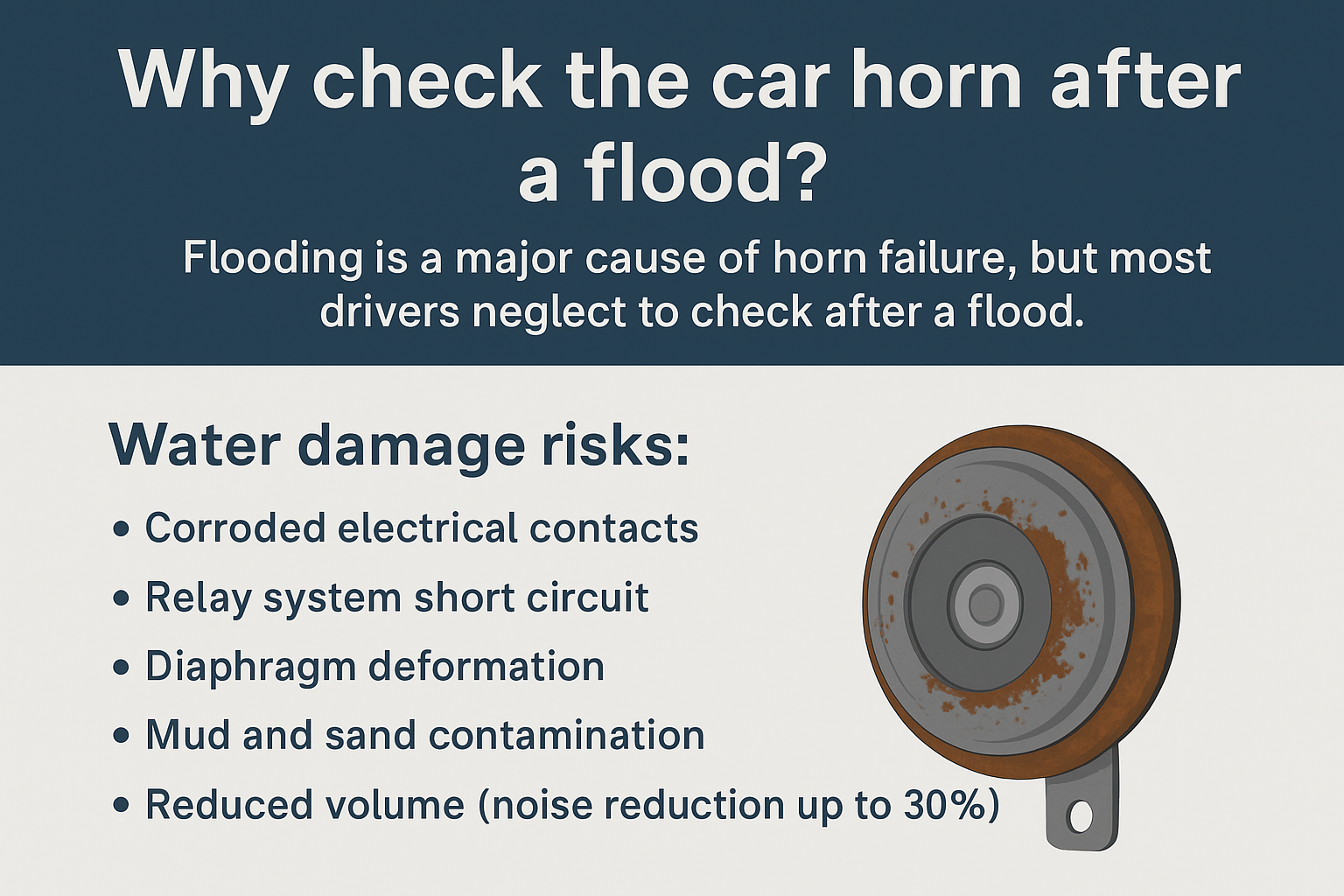
Post-Water Exposure Inspection Checklist
| Component | Check For | Test Method | Acceptable Standard |
|---|---|---|---|
| Electrical Contacts | Corrosion | Visual inspection | No white/green deposits |
| Wiring | Fraying | Tug test | No exposed copper |
| Mounting | Looseness | Shake test | No movement |
| Sound Output | Volume | 3-second test | >100dB at 2m |
| Response Time | Delay | Quick press | <0.2s activation |
Maintenance tips:
- Dry immediately after flooding
- Check fuse connections
- Test weekly in wet seasons
- Clean debris regularly
- Consider waterproof models
Uncover the Design Ingenuity and Safety Hazards Behind Car Horns
Modern horn technology balances acoustic performance, durability and safety in ways most drivers never appreciate - until they need it most.
Innovative design solutions:
- Crash-protected mounting brackets
- Temperature-compensating springs
- Fail-safe dual-circuit systems
- Directional sound chambers
- Corrosion-resistant alloys
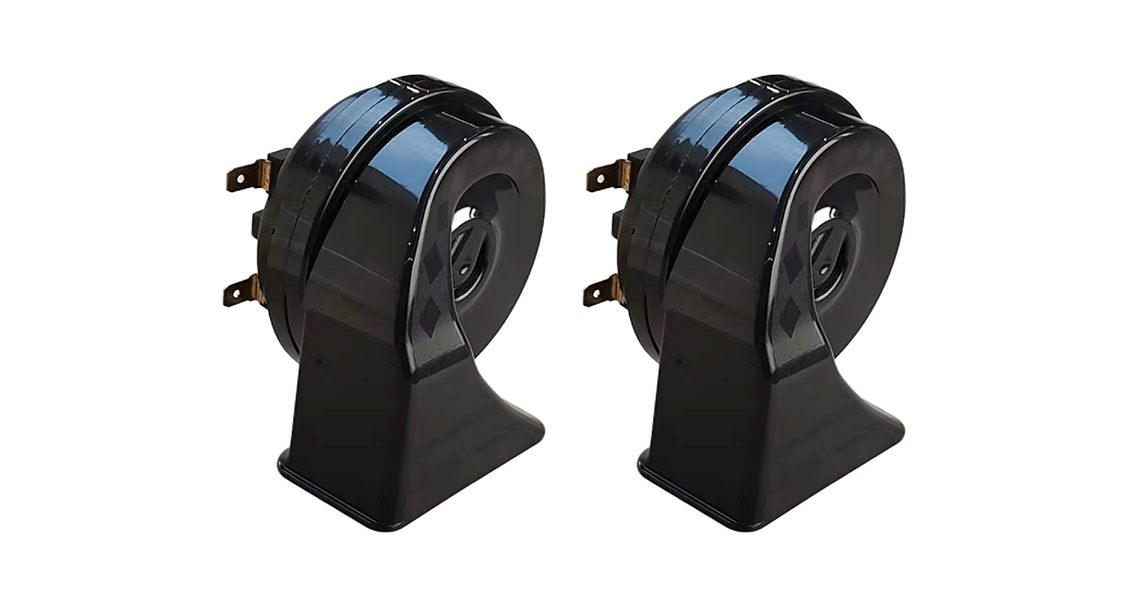
Hidden Safety Features in Modern Horns
| Feature | Purpose | Benefit | Standard Required |
|---|---|---|---|
| Breakaway Mounts | Crash safety | Reduces injury risk | ECE R21 |
| Dual Coils | Redundancy | 50% function if damaged | ISO 12097 |
| Sealed Connectors | Waterproofing | Prevents shorts | IP67 |
| Thermal Fuse | Overload protection | Prevents fires | SAE J553 |
| Rubber Isolation | Vibration damping | Extends component life | MIL-STD-810G |
Safety considerations:
- No sharp edges
- Fire-resistant materials
- Electromagnetic shielding
- Chemical resistance
- Recyclable materials
Conclusion
From their strategic placement to weatherproof engineering and hidden safety features, car horns represent a perfect blend of ergonomic design and protective technology that deserves regular maintenance attention.

